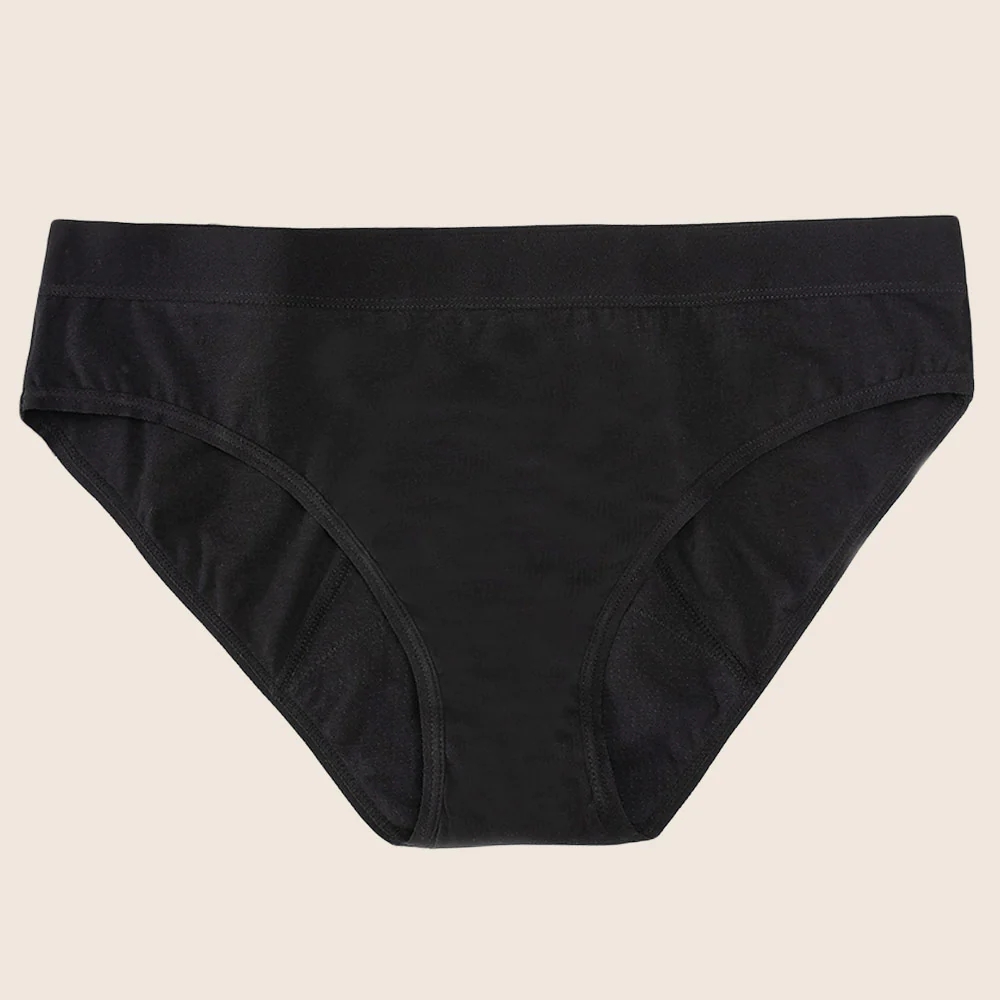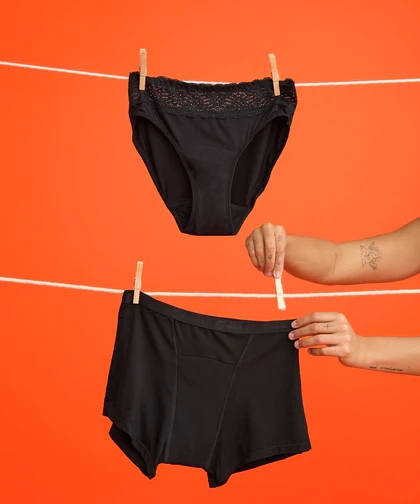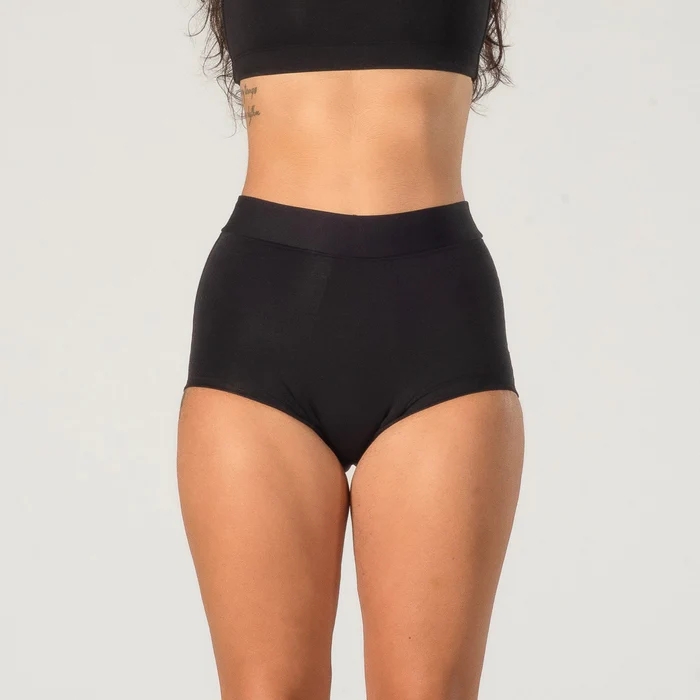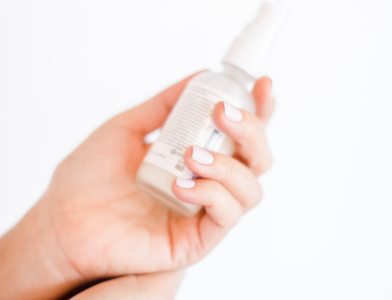Embarking on a sustainable period journey has been life-changing for me. With concerns about the health risks associated with disposable menstrual products, such as heavy metal contamination and the presence of harmful chemicals, I decided to explore alternative options. I started with conventional tampons and pads, then transitioned to menstrual cups. Finally, I discovered period panties, which have become my go-to sustainable and reusable period product. In this blog post, I’ll explain how period panties work, share my experiences with different brands, and offer tips for those interested in trying them.
In my latest YouTube video, I show the reasons why you might want to choose sustainable, reusable period underwear.
Here’s what you’ll learn:
- How period panties work
- The importance of choosing period panties made from safe and non-toxic materials
- Tips for Using Period Panties
- Brand Review: Best low tox period panties
If you want to watch the full video, press play now! You can also continue scrolling to read more.
Please note this blog post contains affiliate links that allow you to find the items mentioned in this video and support the channel at no cost to you. While this account may earn minimal sums when the viewer uses the links, the viewer is in NO WAY obligated to use these links. Thanks for your support!
Understanding Period Panties
Period panties are designed to replace disposable menstrual products by providing an absorbent layer in the underwear itself. Instead of using tampons, pads, or even menstrual cups, you wear the panties, allowing them to absorb your menstrual flow. Afterward, you can wash and reuse them, eliminating the need for disposables. It’s important to note that the absorbent part of period panties, known as the gusset, is in direct contact with your private area. Therefore, it’s crucial to choose panties made from safe and non-toxic materials.
Thinx Lawsuit
Thinx is a top name brand in the period underwear space and has just settled a multi-million dollar lawsuit based on allegations regarding the presence of short chain per-and polyfluoroalkyl substances (“PFAS”), Agion anti-microbial treatment, and the organic cotton line of the underwear.
The company maintains that PFAS were never part of the product design and denies that they were ever intentionally added. What they don’t state is how the PFAS got there in the first place, likely through manufacturing and fabric treatment, but they haven’t made a statement to ensure that PFAS are eradicated from their products. Suffice to say, this is a brand I would absolutely avoid.
Tips for Using Period Panties
- Test at home: When trying out a new brand, wear the period panties at home first to get familiar with their capacity and absorbency. This way, you can gauge how they perform before venturing outside.
- Carry extras and a wet bag: When heading out, bring spare pairs of period panties and a wet bag for storing used ones. This ensures you can change as needed without worrying about leaking. Modibodi offers velcro-on underwear, which simplifies changing without removing your pants.
- Rinse and care: After removing the panties, rinse them and hang them to dry until it’s time to wash them. When washing, run them through a cold cycle, separate from other clothes, and tumble dry on low or hang dry to preserve their quality.
🏆Period Panties Brand Review
Dr. Yvonne’s Top Pick: Revol Cares (15% off 2 items with code: DRYVONNE)
My top pick among period panties is Revol Cares. They are incredibly comfortable, soft, and highly effective in preventing leaks. They offer a wide rande of sizes and absorbencies for all types of flows. Revol Cares panties have the absorbency level printed on the inside, making it easy to differentiate between different pairs. Moreover, they contain the least amount of synthetic materials compared to other brands.

Lilova period panties stood out to me because they are made with 95% organic cotton, which is a significant amount compared to other brands. While they still contain some synthetic materials like spandex and a polyurethane layer for waterproofing, the organic cotton composition makes them a preferable choice. However, the absorbent part of Lilova panties is slightly thicker compared to other brands.

Modibodi period panties are highly effective and offer excellent absorbency. However, they do contain synthetic materials in the gusset area. While they have a wool sheet in direct contact with the vagina, the inner layer still contains some level of synthetics. Nonetheless, Modibodi panties are still a reliable choice, especially for overnight use. It’s worth noting that Modibodi offers a velcro-on type of underwear, which allows for changing without removing your pants. The main issue I found with Modibodi is they contain the highest percentage of synthetics out of the brands found to be low or non-detectable for PFAS by Mamavation.
Conclusion
Embracing period panties has been a game-changer for me in terms of sustainability, comfort, and health. By transitioning from disposable options, I’ve experienced consistent cycles, reduced pain and discomfort, and peace of mind knowing that I’m using safe and reusable products. While no brand is completely synthetic-free, opting for those with minimal synthetic materials is recommended. Period panties offer a cost-effective and environmentally friendly alternative that ensures a worry-free period experience. If you’re considering trying period panties,.
RESEARCH ARTICLES & RESOURCES MENTIONED
- The vagina as a route for drug delivery: a review https://pubmed.ncbi.nlm.nih.gov/23229421/
- Volatile organic compounds in feminine hygiene products sold in the US market: A survey of products and health risks https://pubmed.ncbi.nlm.nih.gov/32866732/
- Tampon use, environmental chemicals and oxidative stress in the BioCycle study https://pubmed.ncbi.nlm.nih.gov/30744632/
- Phthalates, bisphenols, parabens, and triclocarban in feminine hygiene products from the United States and their implications for human exposure https://pubmed.ncbi.nlm.nih.gov/31945693/




